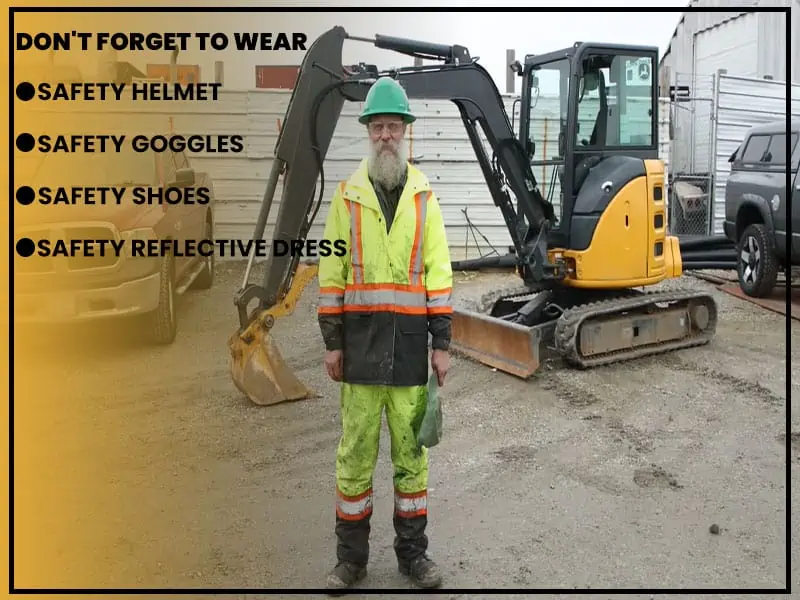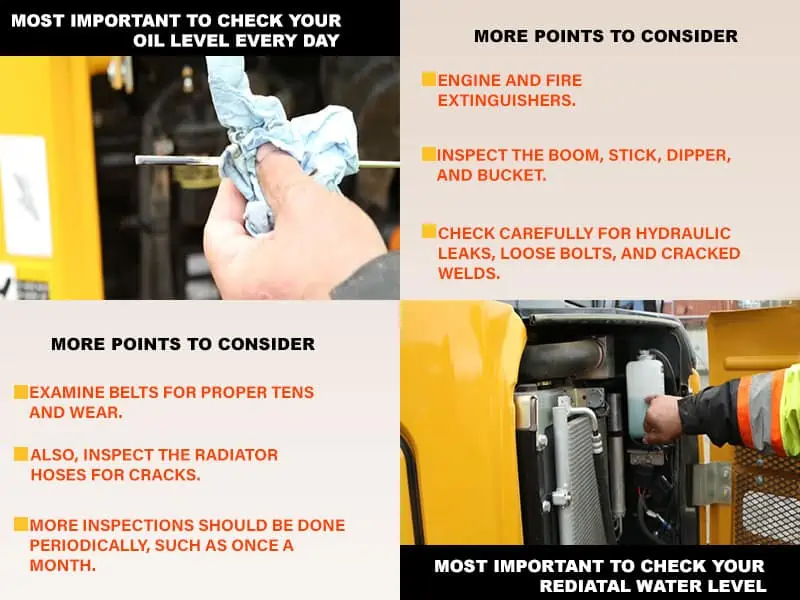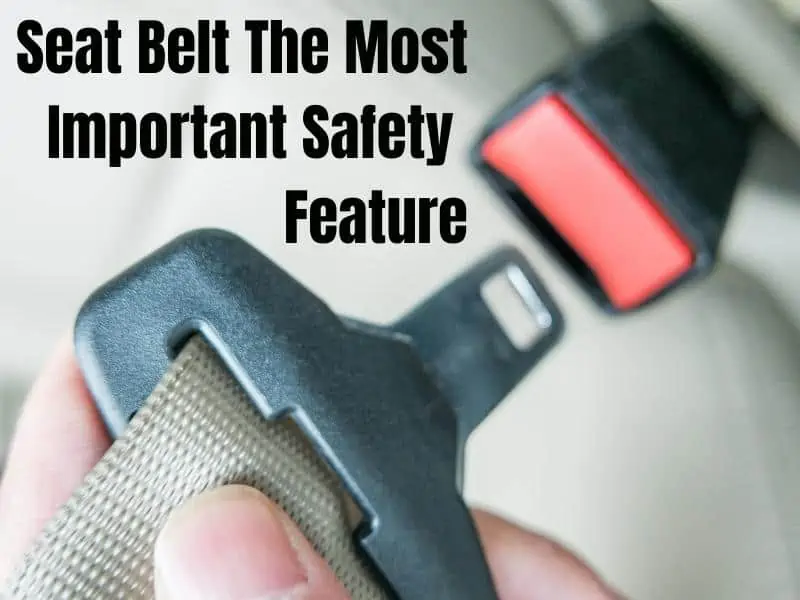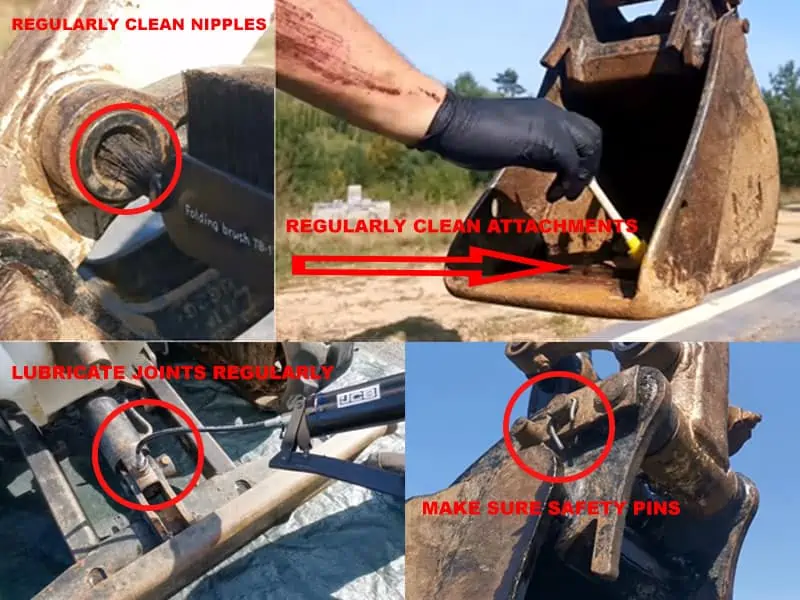10 Safety tips when operating a micro excavator. Micro excavators provide high performance and versatility in your work with various applications. However, it is essential for your operators need to be safe. While there are many safety features, good use is always needed to make full use of the features and ensure the safety of yourself and others around you.
How Can One Safely Operate a Micro Excavator?
Whenever you operate equipment, it is very important to understand how you can operate it safely and do your job in a safe work environment for yourself and those around you. Below are 10 safety tips when operating a micro digger that you must follow on the job site. Whenever you need to break the ground or move the earth, these powerful mini excavators will help you. Since they can not be operated by themselves, they require trained professionals operates a fundamental of excavator work. There are 10 safety tips when operating a mini excavator.
Safety Tips When Operating a Micro Excavator
1. Train the Operator
A micro excavator operator should be trained to understand the safety tips when operating a micro excavator given in the manufacturer’s manual to have sufficient knowledge. So after training, he can operate this heavy equipment safely from accidents on the job. He should know his responsibility for checking the controls and the equipment’s surroundings to ensure no one is endangered once operators start the operation.
2. Responsibilities of the Operator
When the operator of a micro digger truly knows his responsibilities, then safety goes beyond taking the proper care in our actions. He should keep the cab clean of dirt and grease and clean the glass of the cab regularly to increase visibility and avoid glare is one of safety tips when operating the micro excavator.
He also checks each control before starting work. As needed, grease the bucket hinge pins, depending on weather conditions and the excavated material. If you are climbing into or out of the cab, keep two feet and a hand or two hands and a foot in contact with the machine as you move the remaining hand or foot. Always enter and exit while facing the machine.
Footwear should always be clean of excessive mud or grease to avoid slipping. Furthermore, the operators need to take notice of their environmental factors. Weather, hunger, Fatigue, physical health, and emotional levels can all affect and impair the safe operation of an excavator.
3. Wearing Proper Safety Equipment


The proper use of personal protective equipment will help ensure operator safety. Wearing a workout vest makes him visible in the dark because these vests come in a reflective material, and work boots protect your feet. For some attachments, you will need to protect your hands and ear, so wear gloves and ear protection. You should also wear a hard hat and clear safety glasses.
4. Inspection of Basic Components


When we talk about safety tips when operating a micro excavator understanding the construction equipment is vital. An operator should have comprehensive knowledge of the following components. Briefly inspect each one before getting started. For following the safety tips when operating a micro excavator, Check all safety devices in working conditions, such as lights, horns, guards and shields, hydraulic fluid levels, glass, and wipers.
- Engine and fire extinguishers.
- Inspect the Boom, stick, dipper, and bucket.
- Check carefully for hydraulic leaks, loose bolts, and cracked welds.
- Examine belts for proper tens and wear.
- Also, Inspect the radiator hoses for cracks.
- More inspections should be done periodically, such as once a month.
5. Wear Seat Belts


The use of seat belts is very important in every vehicle. It holds as true for heavy equipment as for cars and trucks. At the time of the accident, wearing a seat belt kept the operator from being thrown from it. So it is true to say that seat belts are life-saving devices.
Employers must provide seat belts for the operator in heavy machinery as part of the regulations for worker protective gear. An employer whose employees fail to wear seat belts may receive a citation from OSHA (Occupational Safety and Health Administration).
6. Pay Attention to Your Surroundings
Be careful when you move the arm close to the cab to save from hitting the blade or tracks with the bucket. Keep ensuring the machine’s tracks rest horizontally on the ground. Ensure the machine is on firm ground to prevent a tip-over. While micro excavator is generally stable machines, you can do everything you can to ensure your safety.
If you are trying to dig a level trench, you can not do so unless your machine is level. Do not swing a bucket over people. Paying attention to your surroundings is an important safety tip when operating a micro excavator. For this, the excavator mirrors and cameras are made for use them.
7. Choose Attachments Carefully
When you follow the safety tips when operating a micro excavator, attachments are also considerable; small excavators come with a range of attachments that have different purposes. So the operator should educate himself about attachment functions and their uses for each job site and choose the proper one for your project to ensure successful results.
8. Follow Three Points of Contact at Entering and Exiting
When an operator enters or exits the micro excavator, he should always keep three points of contact with the machine in mind. These three contact points can be feet and a hand or hands and a foot. Maintaining these contact points will help the operator to improve his stability and reduces the chance of slipping.
9. Cleaning and Regular Maintenance


It is also included in safety tips when operating a micro excavator that Inspects the performance, checks and maintains fluid levels, and keeps your excavator clean. Because you should be aware of the dirt and mud of the construction job inside, it would be best to keep an eye on dirt, mud, or grease inside every time you operate it. Clean the cab’s floor and clear the surfaces of mud, dirt, and debris.
Always clean the glass of the cab before starting your work because you will need to see clearly while operating the excavator. Regular Maintenance is another important safety tip when operating a micro excavator because regular maintenance keeps your mini excavator in tip-top shape by reinforcing a routine. They need to grease the machine after every use, check oil levels regularly, check the air filters, and ensure that all the equipment parts are working efficiently.
10. Shut Down Properly
You know we are discussing safety tips when operating a micro excavator, so it is also important for safety that the operator should make sure that the machinery is parked on flat and stable ground. If you need to park the excavator on a slope, the crawlers should be choked on the downhill side and ensure that it will not cause any traffic and inconvenience to other vehicles.
The attachment should be lowered to the ground when you need to shut the machinery off. Furthermore, the windows and doors should be locked, and you should apply the break before you leave the excavator. Sometimes your micro excavator will tell you things as presented with warning signs if you listen closely. In these signs, loud sounds like screeching, squealing, metal-on-metal, snapping, or booming, and irregular jolts should also be attended to.
Bottom Line
Micro excavators are a great helper in construction work. However, it can be dangerous when you do not use it safely and properly. Each year, the government becomes alarmed at the number of accidents involving excavators causing damage to properties, so they have issued strict regulations and provisions for everyone to follow. So you should follow these safety tips when operating a micro excavator.
HIXEN understands that machine downtime costs money, so we ensure that we provide our clients with the most reliable and quality machinery at affordable prices. Contact us today.